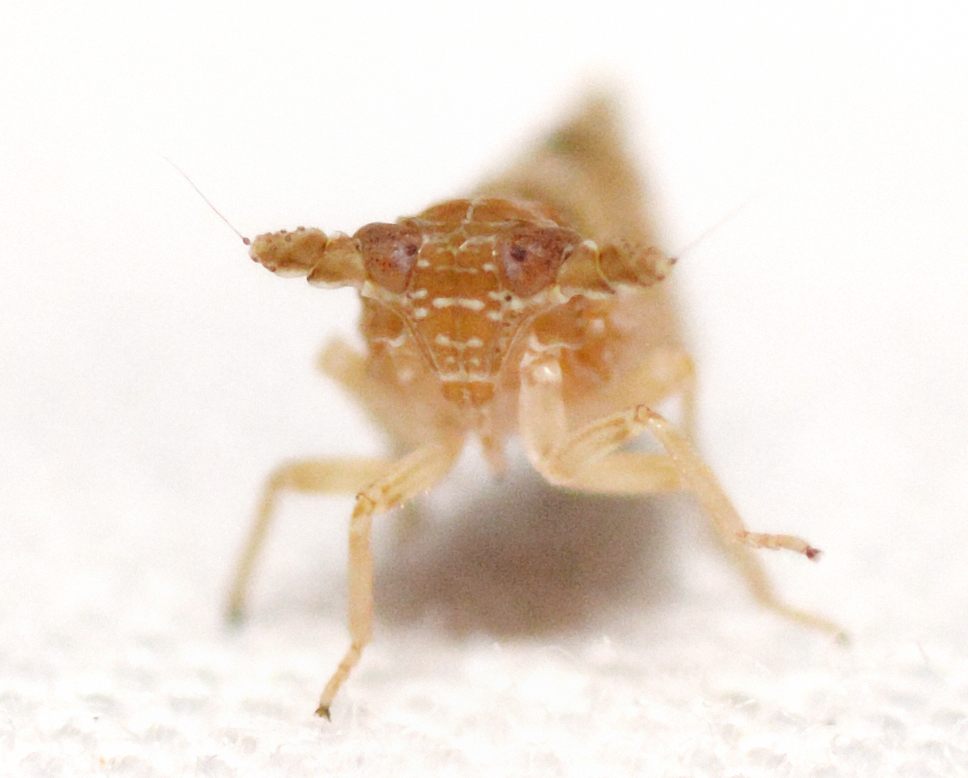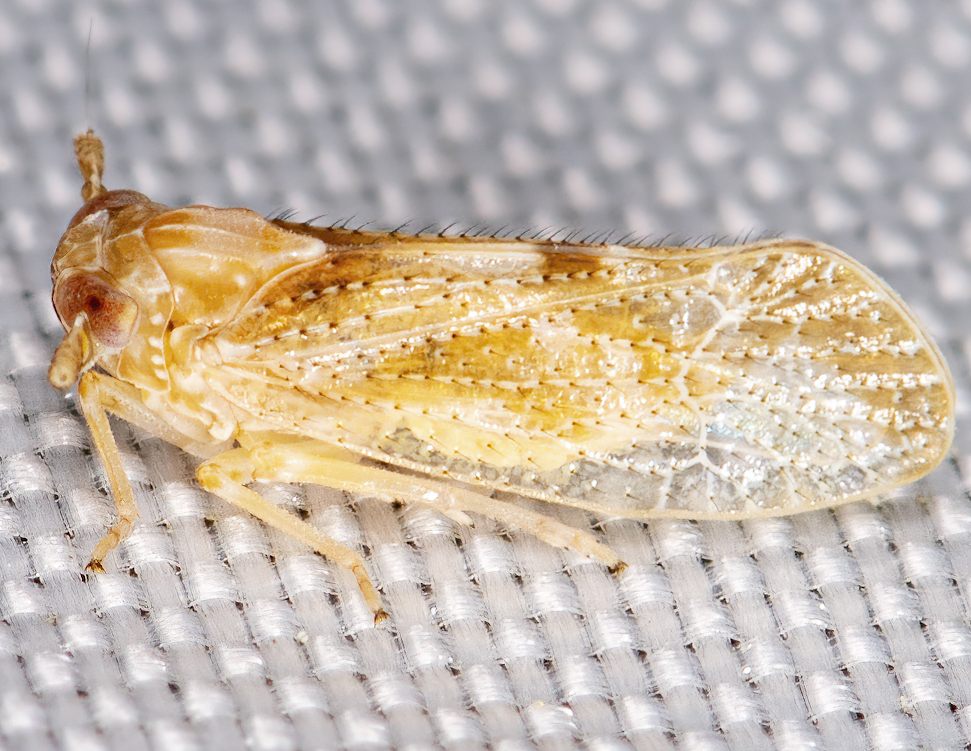| description |
A tan or light brown species. The wings have a dark brown pattern that mostly covers parts of the middle and top of the wings; there are small black spots spaced out across the veins. In females, the dark markings of the forewings are absent or pale whereas in males they are bold and distinct. There are several key characteristics that help separate pallida from the other two species of Stobaera that may be found in North Carolina. In S. pallida, the lateral carinae (ridges) of the frons are distinctly bowed and the frons is tan, marked with creamy spots and no dark bands; the interocular portion of the frons is not darker than the rest of the frons. The legs are also not ringed with brown and are instead pale. Additionally, the vertex is noticeably wider than it is long: compare the vertex of pallida with that of tricarinata. Males of pallida are 3.2 - 4.0 mm long while females are 3.5 - 4.8 mm. (Kramer, 1973, UDEL) |
Species Photo Gallery for Stobaera pallida No Common Name |
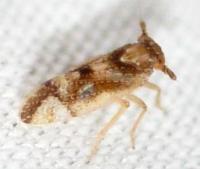 | Photo by: Kyle Kittelberger, Brian Bockhahn, Paul Scharf, Patrick Coin
Halifax Co.
Comment: grassy area and mixed hardwood forest edge near pine forest |  | Photo by: Kyle Kittelberger, Brian Bockhahn, Paul Scharf, Patrick Coin
Halifax Co.
Comment: grassy area and mixed hardwood forest edge near pine forest |
 | Photo by: Paul Scharf
Warren Co.
Comment: Attracted To Light | 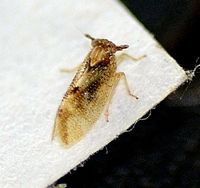 | Photo by: Paul Scharf
Warren Co.
Comment: Attracted To Light |
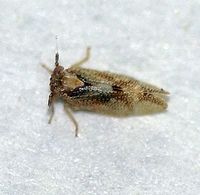 | Photo by: Paul Scharf
Warren Co.
Comment: Attracted To Light | 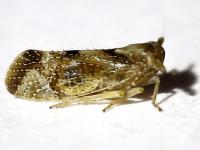 | Photo by: Rob Van Epps
Mecklenburg Co.
Comment: Weedy/grassy open area. Caught sweeping. |
 | Photo by: Ken Kneidel
Mecklenburg Co.
Comment: 4.4 mm | 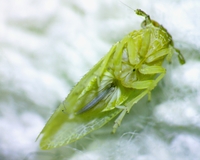 | Photo by: Ken Kneidel
Mecklenburg Co.
Comment: 4.4 mm |
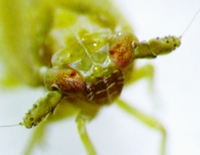 | Photo by: Ken Kneidel
Mecklenburg Co.
Comment: 4.4 mm | 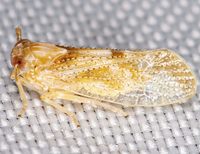 | Photo by: Mark Shields
Onslow Co.
Comment: |
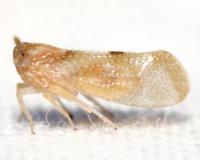 | Photo by: Kyle Kittelberger
Wake Co.
Comment: mixed hardwood forest | 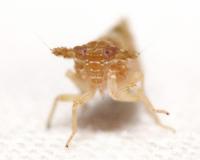 | Photo by: Kyle Kittelberger
Wake Co.
Comment: mixed hardwood forest |
 | Photo by: Kyle Kittelberger
Wake Co.
Comment: mixed hardwood forest |  | Photo by: Rob Van Epps
Mecklenburg Co.
Comment: Attracted to UV light. Suburban yard near woods. |
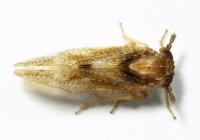 | Photo by: Rob Van Epps
Mecklenburg Co.
Comment: Attracted to UV light. Suburban yard near woods. | 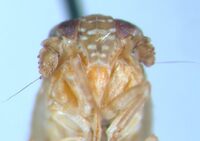 | Photo by: Bo Sullivan
Craven Co.
Comment: power-line cut |
 | Photo by: Bo Sullivan
Craven Co.
Comment: power-line cut | 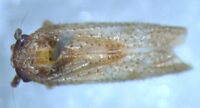 | Photo by: Bo Sullivan
Craven Co.
Comment: power-line cut |
|

 »
»
